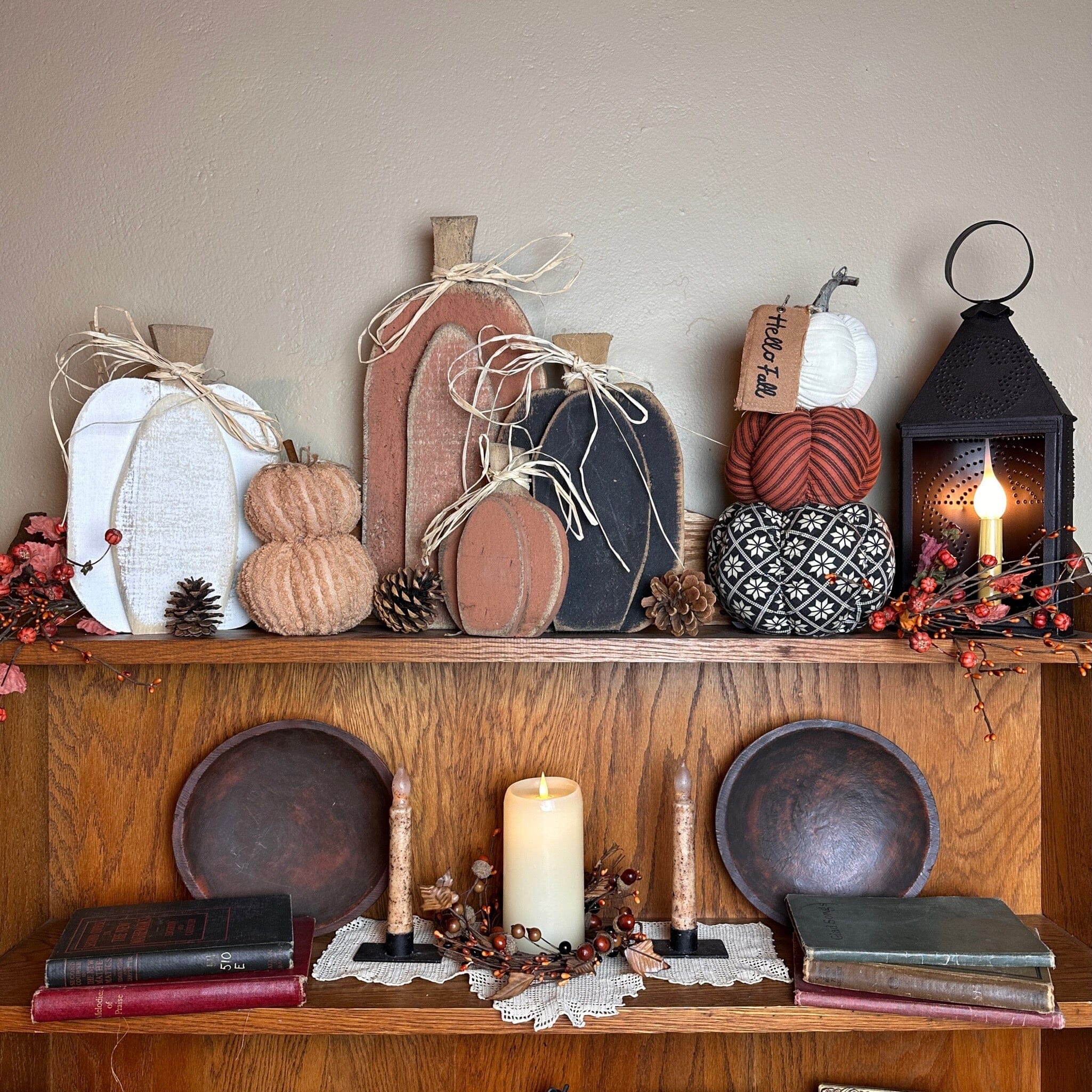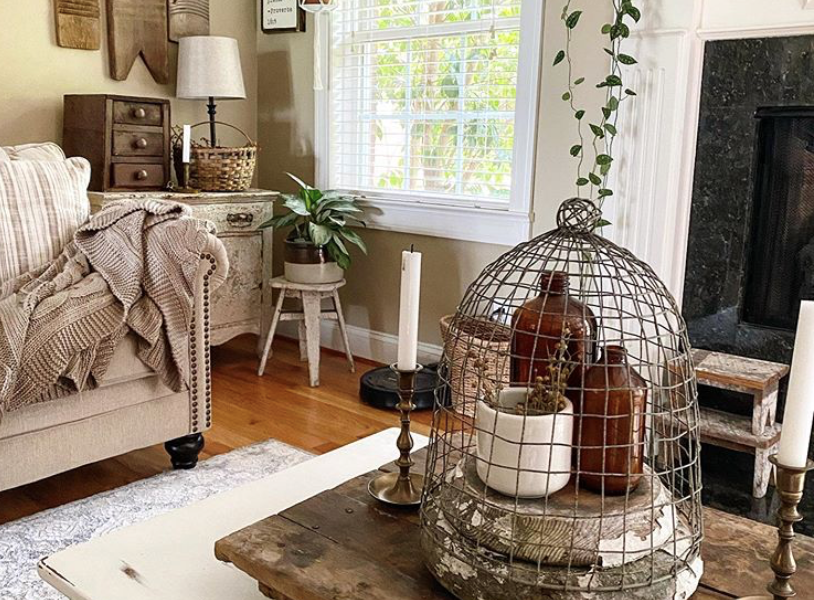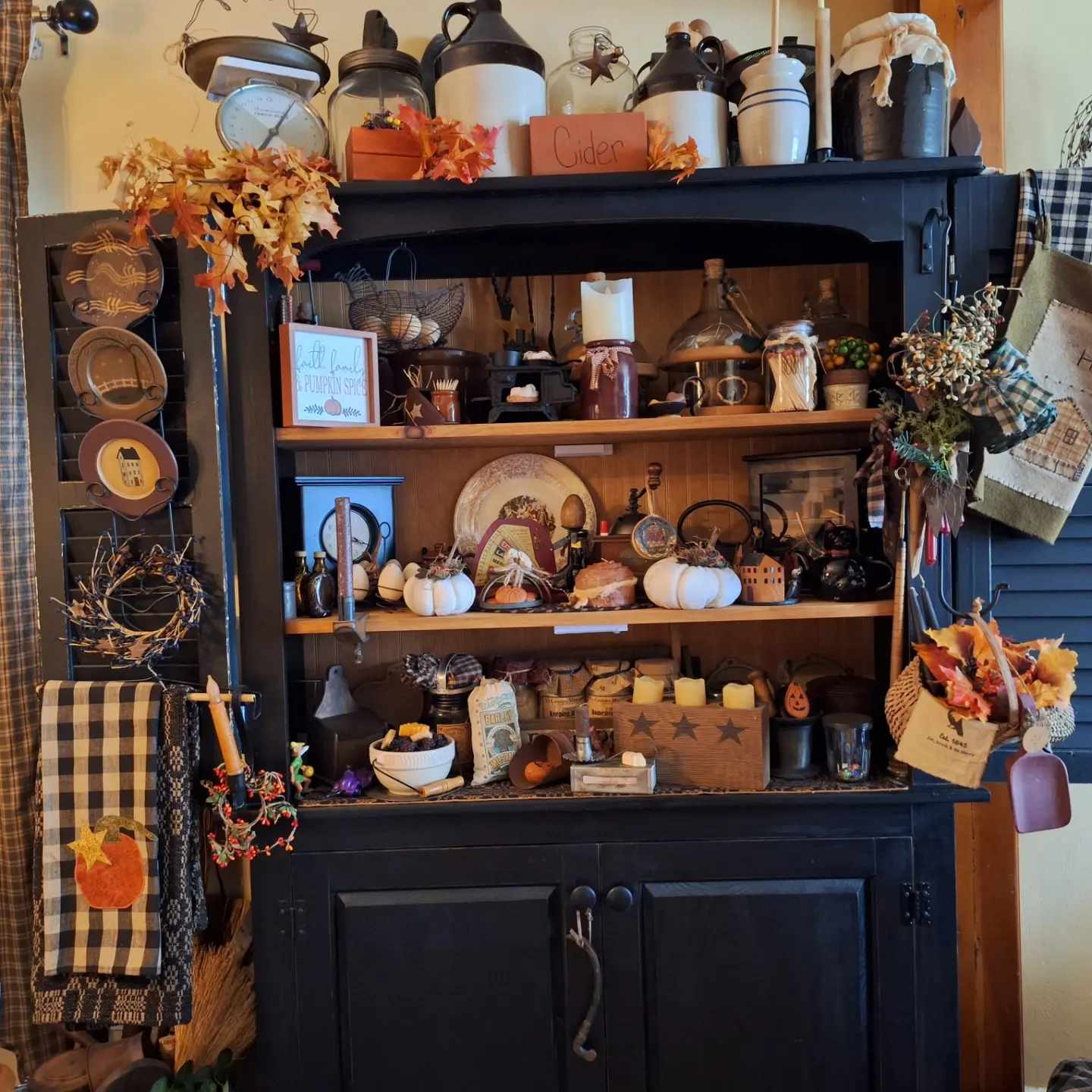As the leaves begin to change and the air turns crisp, fall ushers in a sense of warmth and coziness that compels us to transform our homes into inviting sanctuaries. One of the best ways to celebrate this transition is through fall primitive decor. This style encapsulates a nostalgic and rustic ambiance that resonates with many of us during this beautiful season.
In this article, we will explore the essentials of fall primitive decor, including tips, ideas, and a touch of personal experience to help you create a warm, welcoming space. Whether you’re a seasoned decor enthusiast or a novice looking to refresh your home, there’s something here for everyone.
Understanding Primitive Decor
Before we dive into the fall aspects, let’s take a moment to understand what primitive decor truly embodies.
What is Primitive Decor?
Primitive decor reflects a simple, functional style that evokes early American and rural lifestyles. It often features handmade items, natural materials, and a warm color palette. This style is characterized by:
- Natural Elements: Wood, stone, and metals.
- Earthy Colors: Warm reds, browns, yellows, and greens.
- Handcrafted Items: Quilts, pottery, and rustic furniture.
The Charm of Fall Primitive Decor
Fall primitive decor invites the beauty of the harvest season indoors. It emphasizes warmth and comfort, allowing you to create a space that feels both lived-in and cozy. The subtleties of nature during fall can inspire beautiful decor choices that enhance your home’s rustic vibe.

Key Elements of Fall Primitive Decor
To properly embrace the beauty of fall in your home, consider incorporating the following key elements:
1. Colors that Reflect the Season
Fall colors are rich and varied. Opt for:
- Deep oranges: Reminiscent of pumpkins.
- Burgundy: Adds elegance and warmth.
- Mustard yellow: Brings brightness.
- Earthy browns and greens: Complements the natural landscape.

2. Textures that Invigorate
Texture plays a vital role in primitive decor. Mixing various materials can create visual interest. Consider incorporating:
- Wool and Flannel: Perfect for blankets and throw pillows.
- Rustic Wood: Use for furniture, shelves, and accents.
- Jute and Natural Fibers: Ideal for rugs and table runners.
3. Seasonal Accents
Adding seasonal accents can elevate your fall decor. Incorporate elements like:
- Pumpkins: A must-have for fall; consider using different shapes and sizes.
- Gourds: These add color and diversity.
- Autumn Leaves: Use real or faux leaves in arrangements.
- Harvest Wreaths: Hang them on your door for welcoming vibes.
Personal Touches: My Experience with Fall Primitive Decor
The first time I decorated my home for fall using primitive decor was a memorable experience. I remember strolling through local markets, admiring handmade harvest wreaths and rustic wooden signs. Finding unique pieces that resonated with the season made the decor process feel personal and rewarding.
When I constructed my centerpiece, I used a simple wooden bowl filled with mini pumpkins, pinecones, and dried leaves. This simple arrangement became a conversation starter during gatherings!

Creating Your Fall Primitive Decor: Step-by-Step Guide
Here’s a simple guide to help you create your own fall primitive decor at home:
Step 1: Clear Clutter
Before you start decorating, clear your space of unnecessary items. This helps your primitive decor stand out.

Step 2: Start with a Focal Point
Choose a focal point in your room, like a fireplace or a dining table, and build your decor around it.
Step 3: Layer Textures
Use blankets, cushions, and rugs to add depth and comfort. Mixing textures can create a warm atmosphere.

Step 4: Incorporate Seasonal Colors
Add decorative elements in seasonal colors. For example, drape mustard yellow throw blankets over sofas or place burgundy candles on your table.
Step 5: Add Natural Elements
Include plenty of natural elements like branches, dried flowers, or pinecones for authentic touches.
Step 6: Personalize Your Space
Incorporate family heirlooms or handmade items that tell a story. These personal touches make your decor unique.
Fall Primitive Decor: Pros and Cons
As with any decor style, there are pros and cons to primitive decor during fall.
| Pros | Cons |
|---|---|
| Creates a warm, inviting atmosphere | May require more effort to source authentic items |
| Timeless and classic appeal | Can be perceived as outdated by some |
| Supports eco-friendly practices by using natural materials | May need to be updated seasonally |
FAQs about Fall Primitive Decor
What are the best materials for fall primitive decor?
The best materials include wood, burlap, metal, and natural fibers. These materials enhance the rustic charm of primitive decor.
How can I incorporate primitive decor styles with modern elements?
Mix rustic pieces with modern accents. For example, pair a rustic wooden table with sleek metal chairs, or add a modern light fixture to a primitive decor setting.
Can I create fall primitive decor on a budget?
Absolutely! Look for thrifted items, DIY projects, or seasonal sales at local stores. You can create beautiful decor without breaking the bank.
Is it difficult to maintain primitive decor?
Maintaining primitive decor is fairly simple. Regular dusting and occasional refreshing with seasonal items can keep your decor looking vibrant.
Conclusion: Embrace the Warmth of Fall Primitive Decor
In conclusion, fall primitive decor is an enriching way to celebrate the beauty of the season. By incorporating warm colors, natural elements, and personal touches, you can create a cozy environment that welcomes the chilly fall months. Remember, decorating should be a joyful experience—let your creativity flow and fill your home with love and warmth.
As you embark on your fall decorating journey, take inspiration from the world around you. Whether you’re browsing local markets or exploring nature, there’s something to be found that fits perfectly into your primitive decor vision. Happy decorating!